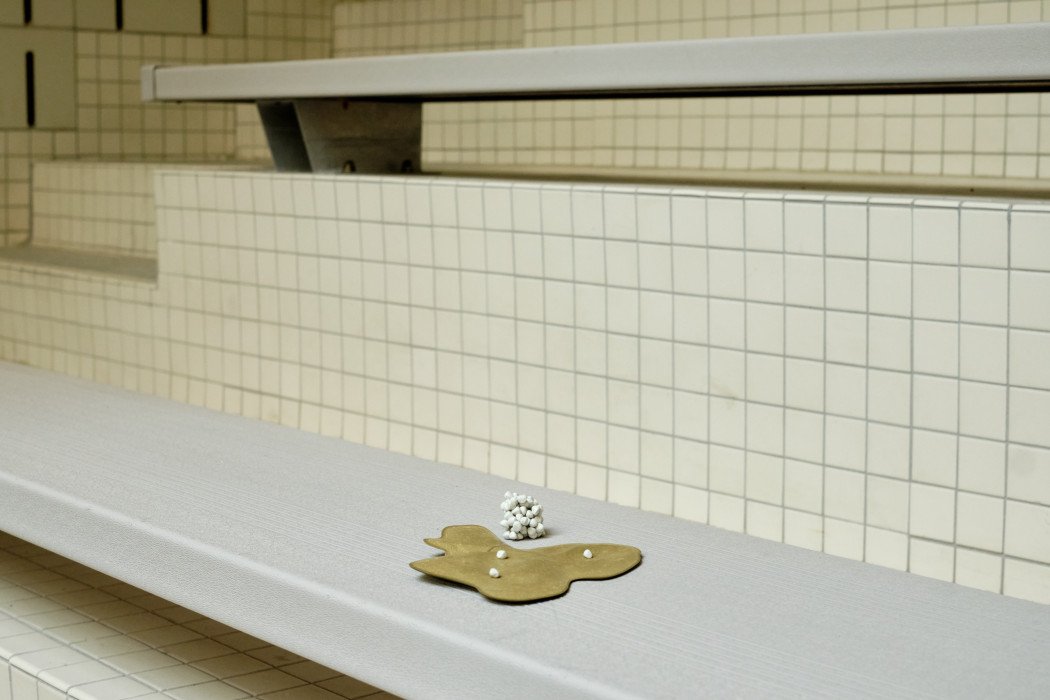Activations: Stella Zhong at the Chelsea Recreation Center
Photo: Don Stahl
Activations is a series of interdisciplinary public workshops designed by artists in response to civic spaces in New York City. Each activation invites participants to encounter a readymade site through the lens of an artistic practice, reimagining them as spaces of creative possibility. All are welcome to participate.
Inspired by particles, ingredients, and secret spaces, Stella Zhong's workshop converted the Chelsea Recreation Center’s spin room into the home base for a large-scale miniature sculpture operation. Participants were invited to choose from a buffet of small objects and assemble them into site-specific installations throughout the recreation center’s common areas. By encouraging participants to defy human-centered design logic, Zhong proposed that it is possible to create new worlds within the one we already inhabit.
Here, Zhong reflects on the program and her own work.
On a knob, around a screw, somewhere rusty, in-between tiles. And tweezers. This was the premise of our workshop. In a space—the Chelsea Recreation Center—acutely focused on our bodies, I wanted to exercise our reach beyond the periphery. I wonder if we could recalibrate our relationship with this architecture to the tips of our fingers. And I wonder if we could invent a different sense of being “here” using building blocks unconventional in material or scale. When thinking about shifting spatial experience, Pipilotti Rist’s “Selbstlos im Lavabad” embedded in the floor of MoMa PS1 or Sarah Sze’s gestural yet light wall interventions come to mind. In this workshop, we looked past the macro features of the gym, imagining clay and beads as ingredients or particles, to generate new worlds that we could momentarily share and explore.
Pipilotti Rist, Selbstlos im Lavabad, MoMA PS1
Sarah Sze, Seamless, 1999, Tate Modern
In my own work, I’m particularly tuned to what’s out-of-sight, making objects that flit between being microscopic and cosmic as a way of putting pressure on the human scale. I want to share this generative process: because occasionally dissociating from our bodies to dream about inhabiting unlikely places folds discovery into humor into empathy and around timelessness. During our program, a set of dotted ring sculptures would come to dwell a sink’s underbelly, the maker of which giggled about their sculptures being safe and never discovered; elsewhere, an otherworldly farmland would settle in a neglected corner, with a “third corner” installed by the maker using a folded piece of paper. I know here that we were collectively playing, forgetting, and believing.
Stella Zhong, studio shot, 2022
Photo: Don Stahl
Towards the end of the program, a participant who had been working away turned to me and said: I feel like eating my sculptures! The connection to food is intuitive. The buffet table, the gastronomic tweezers, together with the candy-like bits of materials present a cartoonish alternative reality. But they also offer an angle for perceiving and thinking through substance—thinking from a place that at once encapsulates us and is firmly within us.
Stella Zhong
November 2022







